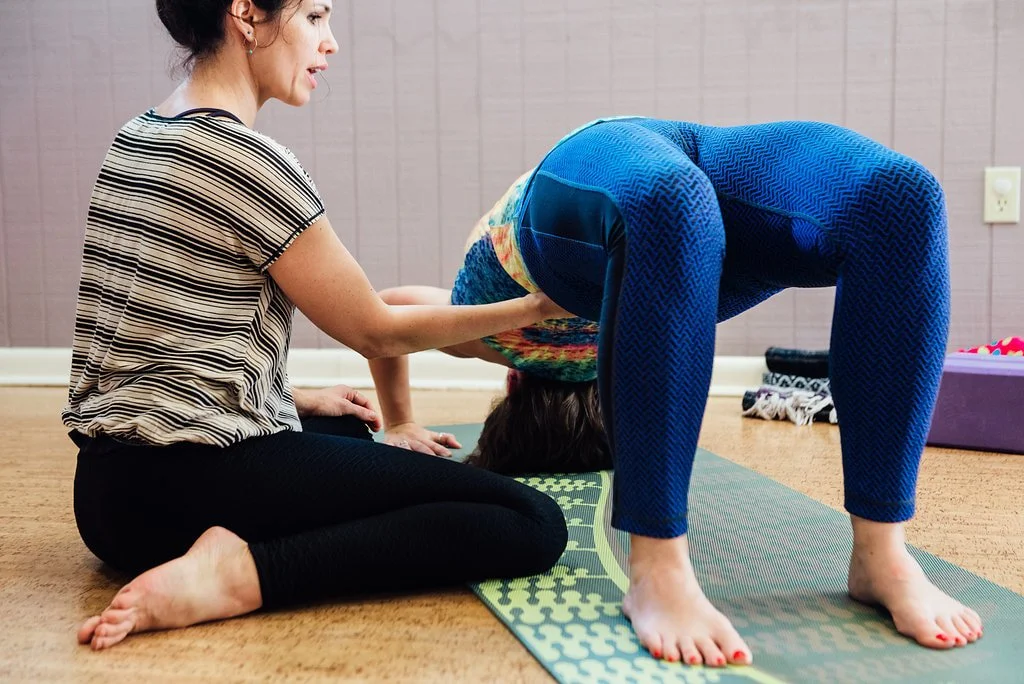What is a Pelvic Floor Yoga Teacher Training?
Pelvic floor yoga teacher training
The term “pelvic floor” has become more common in the yoga and wellness world, but many teachers still feel unsure about how to address it in their classes—or even, if we’re honest, how to feel it in their own bodies. I was one of those teachers, so I know.
Let’s start with this: the pelvic floor isn’t really a “floor” at all, but—as Gil Hedley demonstrates in his anatomy classes—more of a funnel. Still, the word floor does capture how low and foundational it is.
A pelvic floor yoga teacher training is a focused program that gives yoga teachers and health professionals the knowledge and tools to teach safely and confidently when the pelvis is involved.
This kind of training goes beyond the simple cues of “engage your pelvic floor” or “relax your pelvic floor.” For a body that isn’t accustomed to sensing these deep and intimate areas, those instructions are utterly insufficient. In training, we study the anatomy and function of the pelvic bowl and pelvic floor, how they relate to the breath, posture, stability, and movement, and what can happen when there is imbalance—whether that means weakness, tension, pain, or prolapse. We also explore the connection between the pelvis and nervous system regulation, emotional well-being, and trauma recovery. So much is held within the pelvis.
For yoga teachers, a pelvic floor training expands the way you see and guide your students. The pelvic floor is part of the core system—it is not, as the brilliant and funny Katy Bowman says, an “isolated event.” Instead of one-size-fits-all instructions, you learn to recognize when a student might need more support, a gentler approach, or simply a different cue. This helps you feel confident teaching groups (where pelvic health is almost always relevant, whether or not it’s spoken about openly), and it deepens what you can offer in private classes.
For those working with prenatal and postnatal students, this training is a must. But please remember: men have pelvic floors too. While they often tend to have stronger pelvic floors in general, they also face challenges. For example, men recovering from prostate cancer can benefit tremendously from this work.
In my own 30-hour Pelvic Floor Yoga Teacher Training, which is Yoga Alliance–certified and offered both online and in-person in Copenhagen, we combine theory with embodied practice. Teachers experience the movements, breathwork, and awareness exercises themselves, so they know not only what to teach, but also how it feels in the body. The goal is to integrate this knowledge seamlessly into your existing teaching style—or, if you feel ready, to offer it as something distinct.
For anyone working in women’s health, birth work, or trauma-sensitive yoga, this training can be especially valuable. And for yoga teachers everywhere, it is an opportunity to deepen your own practice while serving your students with more care and precision. Yes, it can be gentle and soft work, but it also teaches you to recruit your muscles in a deeper, stronger way that can benefit advancing in asana as well.
Over the years, chiropractors, osteopaths, midwives, and physiotherapists have all joined this training. The language is yogic, but the material is open and beneficial for everyone.
A Word From the Field
“I always want my clients to know they can live free of pelvic floor dysfunction, and the use of yoga is an incredible way to do this. Now I finally have a resource to send them to. Leah Wrobel’s book details how to do the movements and, more importantly, why. I am blown away by the level of detail and description. This book is a MUST for those of you starting out on your journey of healing.”
— Dr. Kaylee Simmerman, PT, DPT
You can read more about the training here

